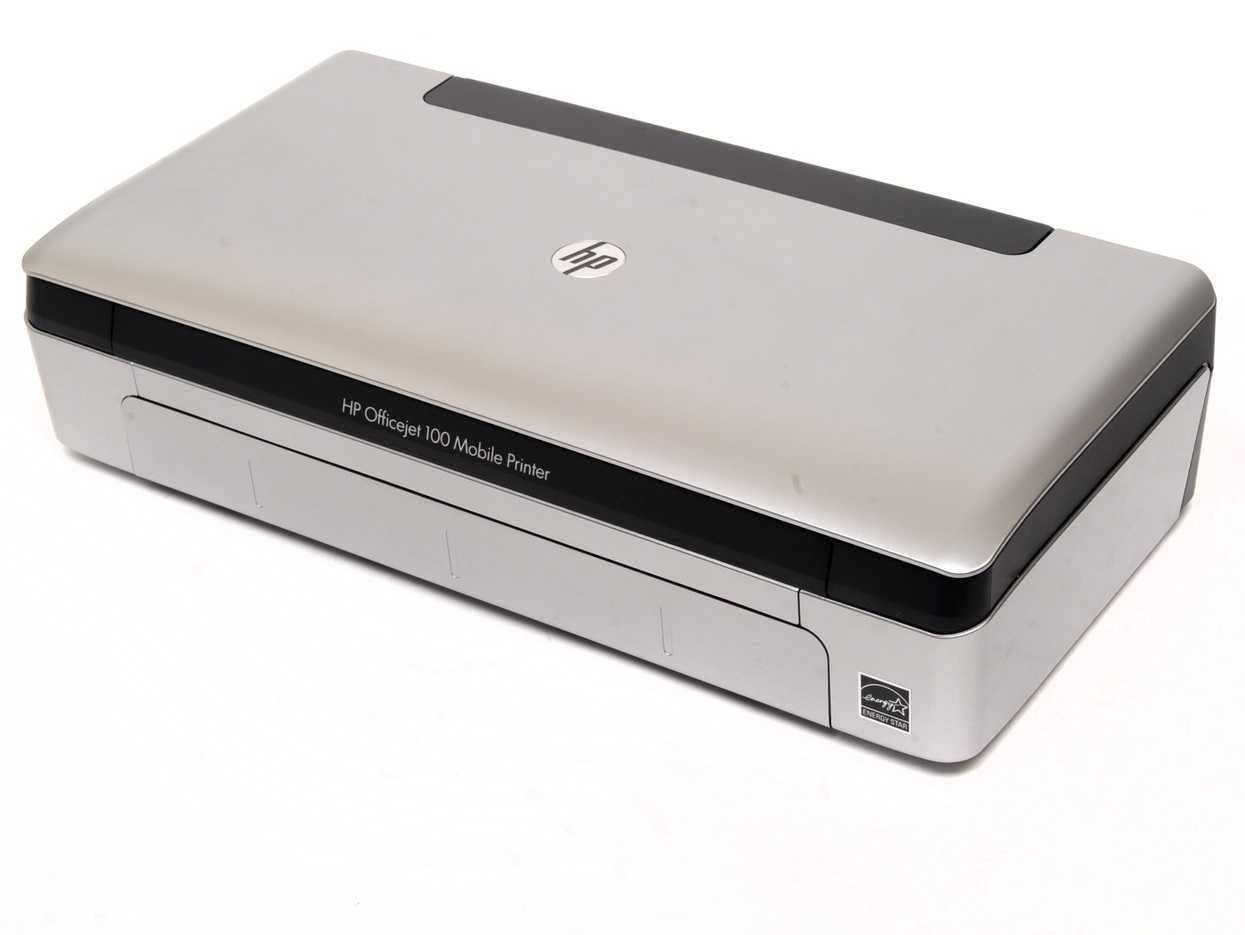

I recognize that we may need to disable this behavior to fix this. This would be extremely difficult to accomplish though, and we don't necessarily want to just delete user profiles.Ī complicating factor is that we deploy these printers with Group Policy, so any time we restart the spooler service or the computer, all the printers are regenerated by Group Policy. Pnputil.exe /delete-driver oemnnn.inf /uninstall /force /rebootĪ little more investigation implies that perhaps if every user with a user profile on the PC signed in and deleted any HP printers using the driver, then Windows might no longer insist that the driver is in use. Rem Look through the output for the bad driver, and note its INF file for the next line. and (3) at the Command Prompt like this: pnputil.exe /enum-drivers Remove-PrinterDriver -Name "HP Universal Printing PS" -PrinterEnvironment 'Windows 圆4' -RemoveFromDriverStore Get-Printer | Where-Object -Property DriverName -EQ -Value 'HP Universal Printing PS' | Remove-Printer

We've tried it (1) in the UI, (2) in PowerShell like this: #Remove printers using the HP universal print driver. We've tried deleting all HP printers from the PC and then deleting the driver from the PC, but every time, it says that the driver is still in use. Our efforts to manually delete the drivers from the client PCs have been unsuccessful. We use the driver without the version in the name ("HP Universal Printing PS"), and so now the clients check in with the server, see that they have the identically-named driver with a newer version number, and do not download the older, working version from the server. There is an allow-list of print servers from which clients are permitted to download and install printer drivers.)

(We have Group Policy settings in place to override the restrictions Microsoft implemented in response to PrintNightmare, which is why this works. Some Windows client PCs connected to the server during the brief period that the bad driver was installed, and they downloaded and installed the buggy version. I reverted the server virtual machine to a snapshot taken before the upgrade, so the server is fine. I recently installed the latest PostScript HP Universal Print Driver on my Windows print server, but it turned out that the driver was buggy.


 0 kommentar(er)
0 kommentar(er)
